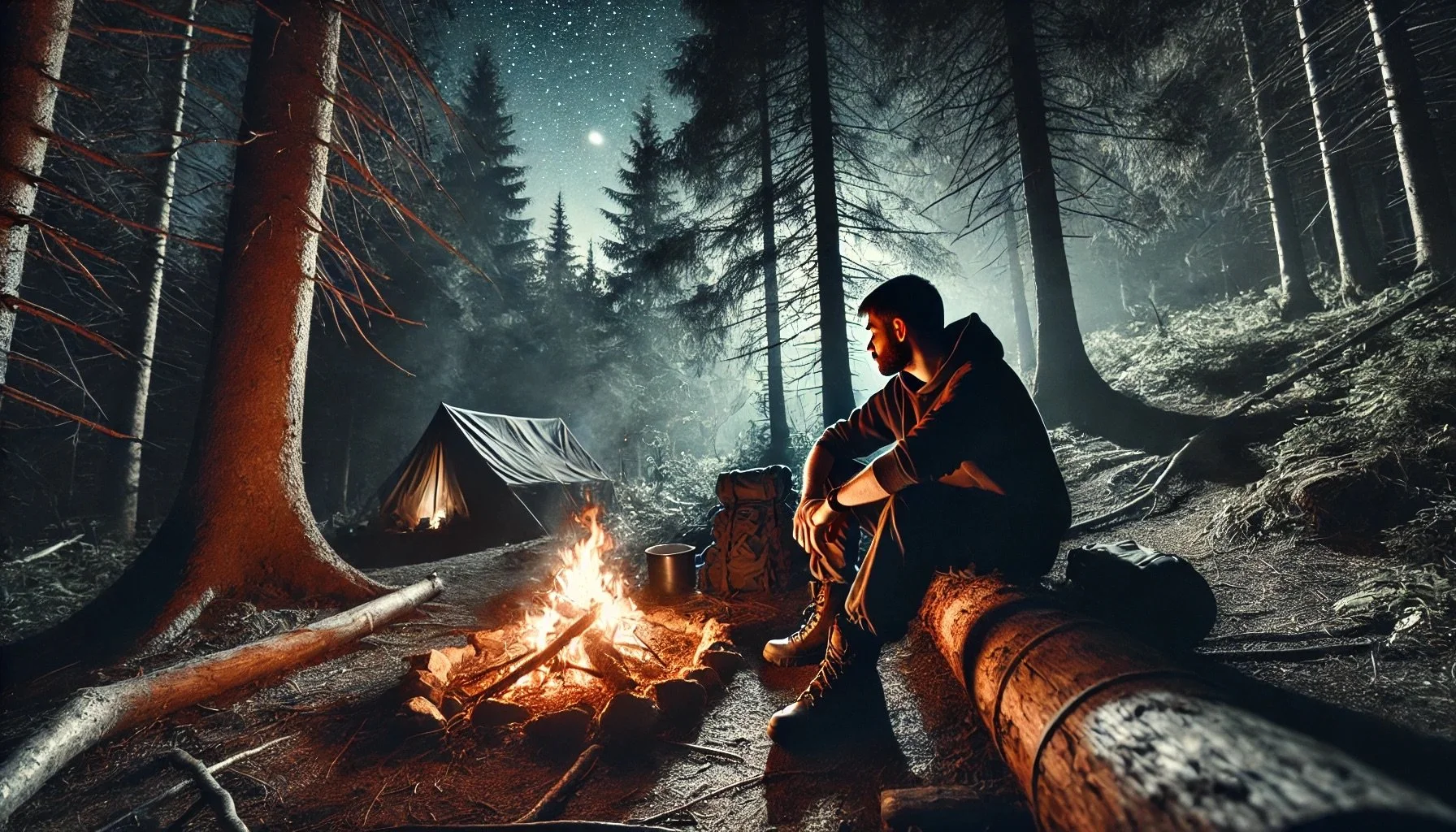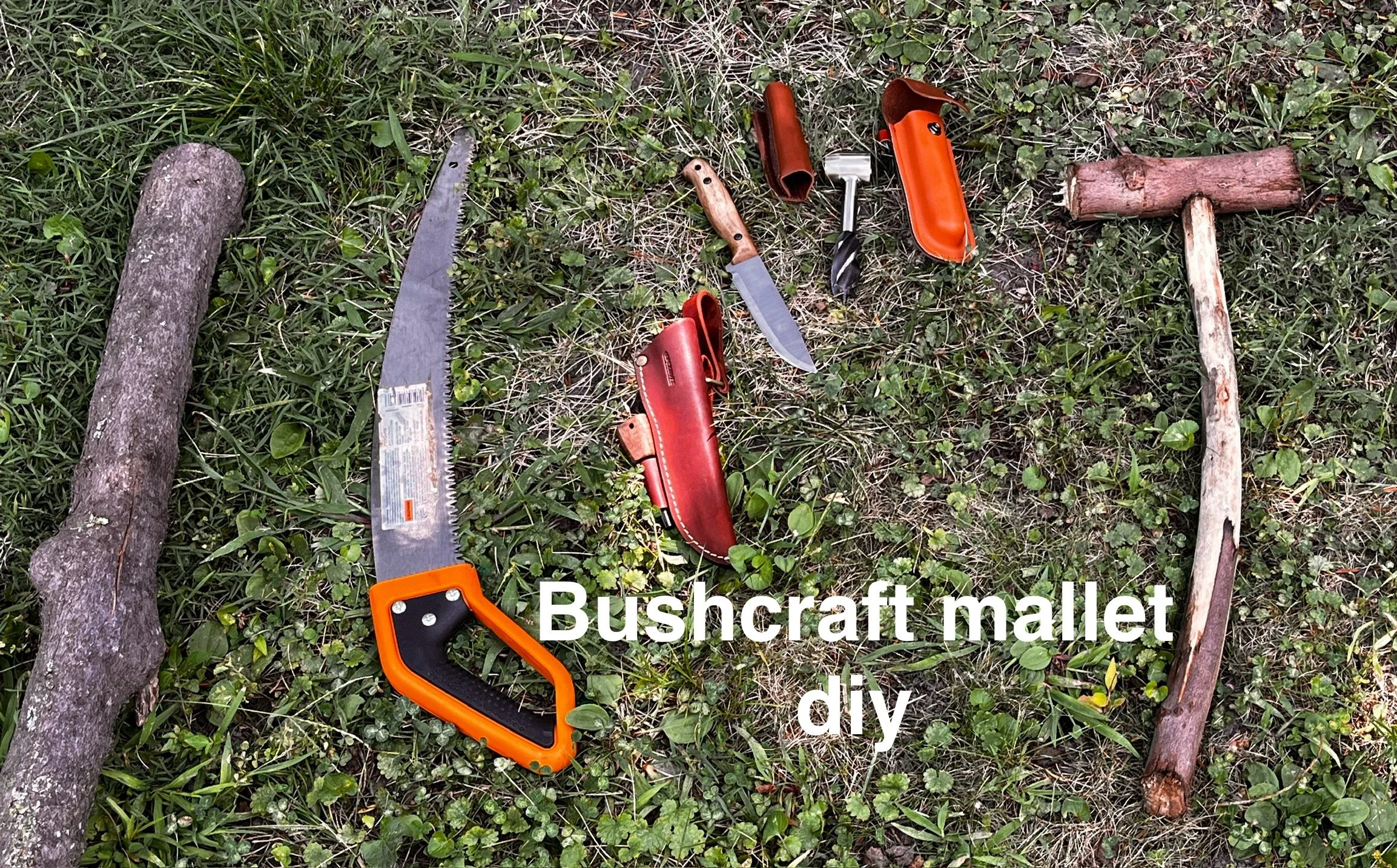The mindset in survival: Overcoming obstacles with determination
The mindset in survival: Overcoming obstacles with determination
Welcome to bushcraft basics: Embrace the wild and rediscover simplicity
video coming soon!
The day I found my path
the wandering shops along Main Street in galena Illinois, the county that has only 1 stop light
Stuck in the mud: the importance of exploring the wilderness with a partner
Title: Stuck in the Mud: The Importance of Exploring the Wilderness with a Partner
When I was a kid, there was no place I’d rather be than exploring the woods with my best friend, Tommy Davis. Tommy and I spent countless hours discovering new trails, building forts, and splashing through creeks. One particular adventure, though, taught me the real importance of having a partner in the wilderness—something I remember every time I step into the woods, even today.
We were maybe 10 or 12 years old, full of curiosity and not quite enough caution. On that day, we found ourselves navigating a silty clay creek bed. The mud was sticky, the kind that wants to keep you forever, and before we knew it, we were in trouble. One moment we were stomping through the clay, and the next, we were up to our waists, sinking deeper with every movement.
The feeling of sinking into the earth was unsettling. We both froze for a second, realizing the mud wasn’t letting go. Then, something funny happened: instead of panicking, we started laughing—an uncontrollable, borderline hysterical kind of laughter that only two kids in an absurd situation can muster. We struggled, laughed, and struggled some more. I remember how we desperately tried to pull each other out. Above us, the branch of a fallen tree hung just within reach. We grabbed it, clinging to that lifeline as if it were a rope lowering us out of danger.
Honestly, I don’t remember how we got out or who made it out first. But I do know we made it out together, working as a team, and fortunately, we didn’t die in a sea of quicksand-like clay. It wasn’t just luck that got us out—it was the presence of each other and the instinctive cooperation that got us free.
This experience stayed with me as a perfect reminder of why exploring the wilderness with a partner is so important. Whether you’re camping, hiking, or bushcrafting, a partner brings more than just good company. They bring an extra set of hands, a second mind, and a voice of reason in times of trouble (or someone to laugh with when things get unexpectedly scary).
Why It’s Better to Go Into the Wild with a Buddy
In the woods, situations can change rapidly, and having someone there can be the difference between a minor inconvenience and a major disaster. Here are some examples of how exploring with a friend helps, based on lessons like the one Tommy and I learned:
1. Safety in Numbers: Whether you’re encountering wildlife or facing natural obstacles, having someone by your side doubles your chances of a safe outcome. In our case, it was that fallen tree branch—and having Tommy there to grab it—that made escape possible.
2. A Different Perspective: When things go sideways, like sinking waist-deep in mud, panic can set in. A partner can help you think straight when you can’t, and vice versa. Maybe one of you is good at staying calm, and the other is great at taking action. Together, you’re stronger.
3. Shared Resources and Skills: You might have the knife, and your buddy might have the rope. When camping or bushcrafting, sharing supplies and skills makes tasks easier and keeps both of you prepared for the unexpected.
4. Accountability and Teamwork: When you’re out with a friend, you’re responsible for each other’s safety. Working together and being accountable not only keeps you safe but also creates incredible stories (like trying not to become part of the creek bed forever!).
Working Together with Your Camping Buddy: Scenarios
• Setting Up Camp: Divide and conquer—one of you can gather firewood while the other sets up the tent. Communicate clearly about what each of you is doing, and always agree on a location to meet if you get separated.
• Crossing Obstacles: Whether it’s a creek, a fallen log, or a steep slope, always assess the situation together. One person can go first and offer support, like extending a trekking pole or offering a hand to steady the other.
• Fire Crafting: If you’re using a fire starter, one person can prep the tinder and kindling while the other strikes the fire steel. Working in sync like this speeds things up and helps ensure everything is ready when you finally get a spark.
Tips for Working as a Team in the Wilderness
1. Communicate Clearly: Always let your partner know your plan. If you’re heading off to gather firewood, say how far you’re going and when you’ll be back.
2. Assign Tasks Based on Strengths: Play to each other’s strengths. If one of you is a better navigator, let that person lead while the other keeps an eye out for wildlife or gathers resources.
3. Stay Within Reach: Don’t wander too far from each other, especially if the terrain is tricky. Staying within shouting distance means help is never too far away if something goes wrong.
4. Have a Plan for Emergencies: Always discuss an emergency plan—like what to do if one of you gets hurt. Carry a first aid kit and make sure you both know how to use it.
A Final Thought
Tommy and I didn’t know much about survival skills back then, but we knew one thing for sure: having a friend by your side turns a dangerous situation into a shared adventure. Exploring with a partner isn’t just about safety; it’s about creating memories, overcoming challenges, and knowing that someone’s got your back no matter how deep the mud gets.
So next time you head out, take a buddy. You never know when you might need someone to laugh with—even if it’s in the face of something a little bit scary.Title: Stuck in the Mud: The Importance of Exploring the Wilderness with a Partner
When I was a kid, there was no place I’d rather be than exploring the woods with my best friend, Tommy Davis. Tommy and I spent countless hours discovering new trails, building forts, and splashing through creeks. One particular adventure, though, taught me the real importance of having a partner in the wilderness—something I remember every time I step into the woods, even today.
We were maybe 10 or 12 years old, full of curiosity and not quite enough caution. On that day, we found ourselves navigating a silty clay creek bed. The mud was sticky, the kind that wants to keep you forever, and before we knew it, we were in trouble. One moment we were stomping through the clay, and the next, we were up to our waists, sinking deeper with every movement.
The feeling of sinking into the earth was unsettling. We both froze for a second, realizing the mud wasn’t letting go. Then, something funny happened: instead of panicking, we started laughing—an uncontrollable, borderline hysterical kind of laughter that only two kids in an absurd situation can muster. We struggled, laughed, and struggled some more. I remember how we desperately tried to pull each other out. Above us, the branch of a fallen tree hung just within reach. We grabbed it, clinging to that lifeline as if it were a rope lowering us out of danger.
Honestly, I don’t remember how we got out or who made it out first. But I do know we made it out together, working as a team, and fortunately, we didn’t die in a sea of quicksand-like clay. It wasn’t just luck that got us out—it was the presence of each other and the instinctive cooperation that got us free.
This experience stayed with me as a perfect reminder of why exploring the wilderness with a partner is so important. Whether you’re camping, hiking, or bushcrafting, a partner brings more than just good company. They bring an extra set of hands, a second mind, and a voice of reason in times of trouble (or someone to laugh with when things get unexpectedly scary).
Why It’s Better to Go Into the Wild with a Buddy
In the woods, situations can change rapidly, and having someone there can be the difference between a minor inconvenience and a major disaster. Here are some examples of how exploring with a friend helps, based on lessons like the one Tommy and I learned:
1. Safety in Numbers: Whether you’re encountering wildlife or facing natural obstacles, having someone by your side doubles your chances of a safe outcome. In our case, it was that fallen tree branch—and having Tommy there to grab it—that made escape possible.
2. A Different Perspective: When things go sideways, like sinking waist-deep in mud, panic can set in. A partner can help you think straight when you can’t, and vice versa. Maybe one of you is good at staying calm, and the other is great at taking action. Together, you’re stronger.
3. Shared Resources and Skills: You might have the knife, and your buddy might have the rope. When camping or bushcrafting, sharing supplies and skills makes tasks easier and keeps both of you prepared for the unexpected.
4. Accountability and Teamwork: When you’re out with a friend, you’re responsible for each other’s safety. Working together and being accountable not only keeps you safe but also creates incredible stories (like trying not to become part of the creek bed forever!).
Working Together with Your Camping Buddy: Scenarios
• Setting Up Camp: Divide and conquer—one of you can gather firewood while the other sets up the tent. Communicate clearly about what each of you is doing, and always agree on a location to meet if you get separated.
• Crossing Obstacles: Whether it’s a creek, a fallen log, or a steep slope, always assess the situation together. One person can go first and offer support, like extending a trekking pole or offering a hand to steady the other.
• Fire Crafting: If you’re using a fire starter, one person can prep the tinder and kindling while the other strikes the fire steel. Working in sync like this speeds things up and helps ensure everything is ready when you finally get a spark.
Tips for Working as a Team in the Wilderness
1. Communicate Clearly: Always let your partner know your plan. If you’re heading off to gather firewood, say how far you’re going and when you’ll be back.
2. Assign Tasks Based on Strengths: Play to each other’s strengths. If one of you is a better navigator, let that person lead while the other keeps an eye out for wildlife or gathers resources.
3. Stay Within Reach: Don’t wander too far from each other, especially if the terrain is tricky. Staying within shouting distance means help is never too far away if something goes wrong.
4. Have a Plan for Emergencies: Always discuss an emergency plan—like what to do if one of you gets hurt. Carry a first aid kit and make sure you both know how to use it.
A Final Thought
Tommy and I didn’t know much about survival skills back then, but we knew one thing for sure: having a friend by your side turns a dangerous situation into a shared adventure. Exploring with a partner isn’t just about safety; it’s about creating memories, overcoming challenges, and knowing that someone’s got your back no matter how deep the mud gets.
So next time you head out, take a buddy. You never know when you might need someone to laugh with—even if it’s in the face of something a little bit scary.







